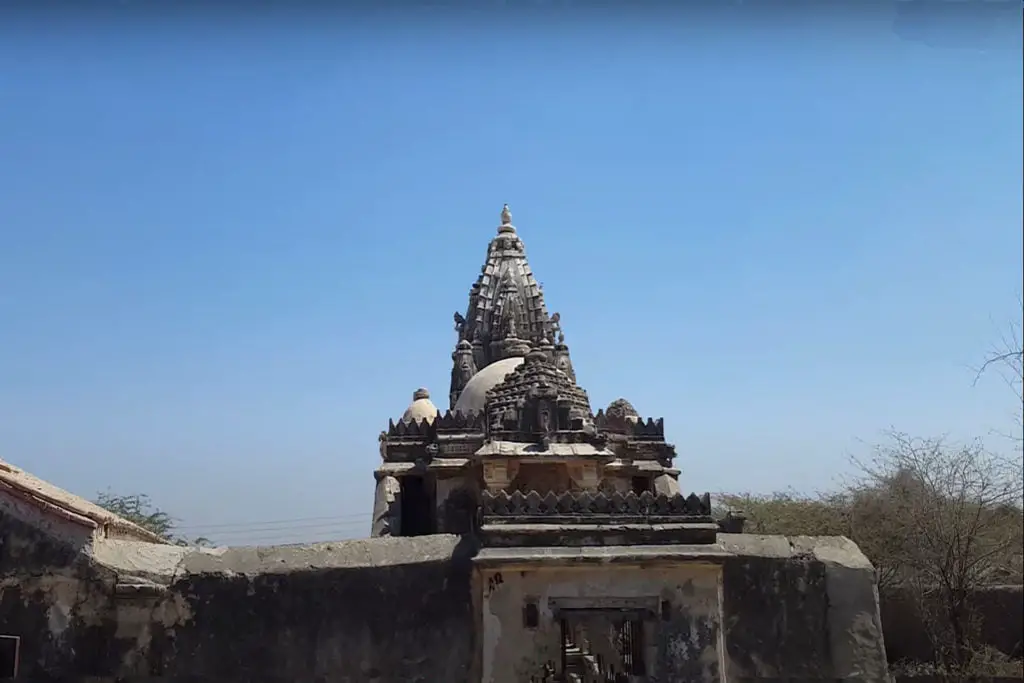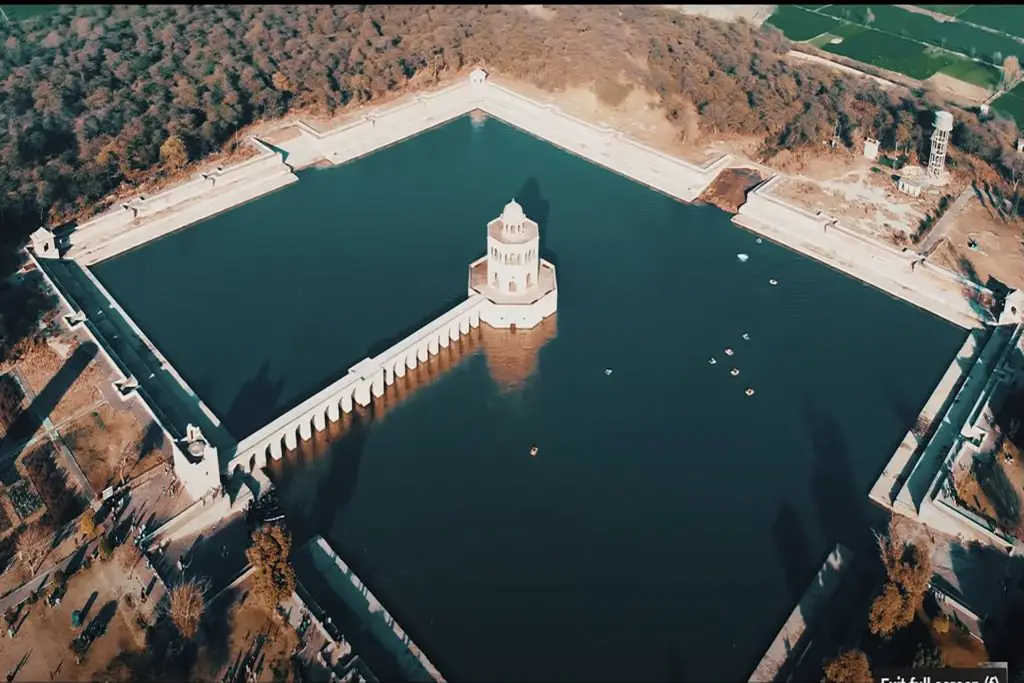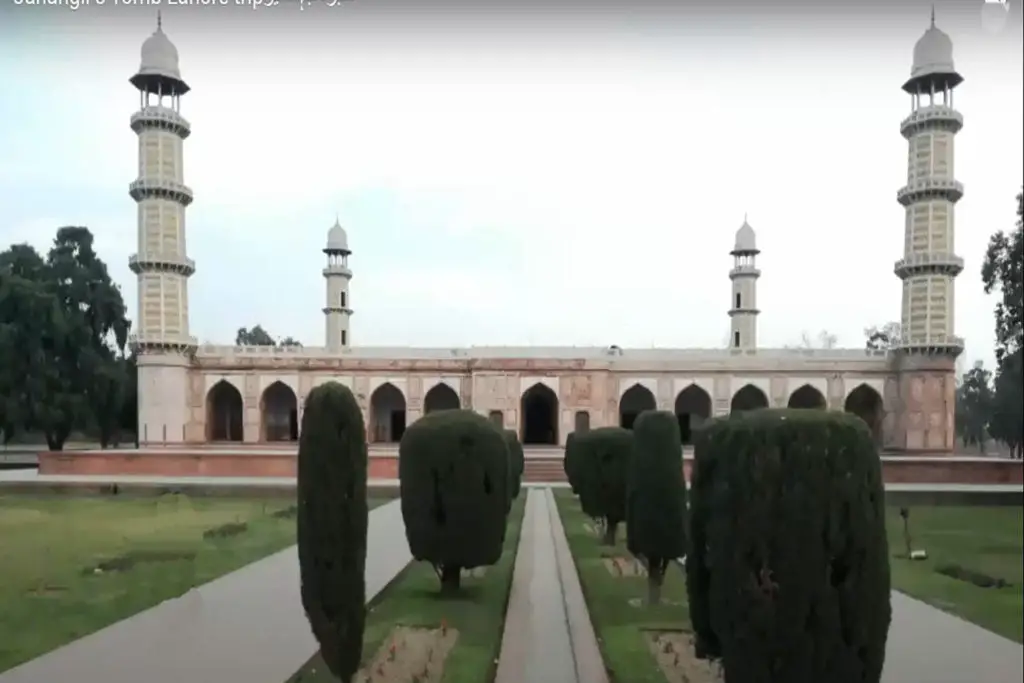Nestled in the scenic landscapes of Nagarparkar in the Tharparkar District of Sindh, Pakistan, lies a cluster of exquisite Jain temples. These temples, dating back centuries, stand as a testament to the rich Jain heritage of the region. With their intricate architecture, serene ambiance, and spiritual significance, the Jain temples of Nagarparkar attract pilgrims and visitors from far and wide, offering a glimpse into the profound teachings and beliefs of Jainism.
Nagarparkar Jain temples are located in the region near Nagarparkar, in the southern province of Pakistan in Sindh. The site contains a collection of abandoned Jain temples, as well as a mosque heavily influenced by the style of temple architecture.
The architecture in the region dates from the 12th to the 15th century – a time when the formation of the Jain was at its highest. Frescoes in the Gori Temple are ancient Jain statues that still exist in the northern part of the Indian subcontinent. The temples are inscribed on the temporary list of UNESCO World Heritage status in 2016 as Nagarparkar Cultural Landscape.
Jain Temples Location
The Jain Temples of Nagarparkar are situated at the western terminus of the city’s primary marketplace. While the temple’s true appellation remains unknown, the locals have dubbed it the “Bazaar Temple” due to its proximity to the market. Much like the Jain Temple in Gori, the Nagarparkar area has historically served as a thriving hub of Jainism.
Although the exact date of its construction remains elusive, this temple structure is believed to be a minimum of 500 years old, potentially tracing its origins back to the 14th century CE. The symbolic design of the mandir, along with its intricate architectural details and embellishments, bears a striking resemblance to other Jain temples found in the Thar desert.
Background and History of Nagarparkar Jain Temples
The Nagarparkar region serves as a transitional zone situated between the marshlands and salt flats of the Rann of Kutch and the arid to semi-arid sand dunes, including the nearby Pink-granite Karoonjhar mountains.
Until the 15th century, the region was predominantly submerged beneath the waters of the Arabian Sea, though the Nagarparkar area itself constituted a plateau. During this time, Nagarparkar thrived as a central hub of Jainism. The prosperous Jain community erected numerous splendid temples on the nearby hills between the 12th and 15th centuries, representing the pinnacle of Jain architecture.
The region evolved into a popular tourist destination, recognized as Sardhara, and Jain ascetics took up residence in the Karoonjhar mountains. However, the influence of Jainism in the region waned due to shifts in the Arabian Sea coastline, which led to a buildup of silt in the Rann of Kutch.
The 19th century witnessed substantial demographic changes in the Jain area, largely attributed to shifting coastal lines. Following the partition of British India in 1947, many of the remaining Jains relocated away from the region. Nevertheless, several temples endured and continue to maintain a significant presence.
In the neighboring state of Rajasthan, several temples were constructed, with their historical roots tracing back to the ancient sites of Nagarparkar.
Nagarparkar Jain Temples are a Popular Tourist Destination
The remnants of numerous Jain temples in the region have become a sought-after tourist destination and stand as heritage sites. Historically, the area suffered from limited road infrastructure, which inadvertently contributed to its preservation. However, more recent road construction initiatives have brought an influx of tourists, albeit without adequate safeguards to protect the area.
In 2009, satellite imagery was harnessed for the purpose of location mapping and played a significant role in formulating a tourism management system.
Recognizing its architectural significance and its role in reflecting Jainism within a maritime-oriented business community, as well as its portrayal of the changing environmental dynamics of the region, the Pakistani government undertook a UNESCO World Heritage Site nomination for the area in 2016.
Nagarparkar Bazar Jain Temple
The Nagarparkar Bazaar Temple is also a magnificent site, with intricate carvings and intricate paintings, which were used until the liberation of Pakistan in 1947.
Today, the remaining Jain temples are popular tourist attractions and heritage sites in the region. Since there are no local roads, the area is also relatively good. About 14 Jain temples are scattered throughout the region, including the Gori Temple. Built in 1375, the Gori Temple consists of 52 mosque-style temples and is made of marble. It is also home to the oldest Jain fresco in the world.
About 14 Jain temples are scattered throughout the region.
Virawah Jain Temples in Nagarparkar Sindh
Viravah temples were 3 temples found near the town of Viravah, about 15 miles north of Nagarparkar. The site is near the ruins of the ancient port of Parinagar on the outskirts of the Rann of Kutch. The site once housed three temples, allegedly founded in 456 CE by Jesus Parmāra.
During the construction of a nearby road, workers accidentally found many images of the Jains, which were placed by local people in an abandoned temple, and others were taken to the Umerkot museum.
Gori Temple
The Gori Temple is located about 14 miles northwest of the Viravah Temple. The temple was built in 1375-1376 CE, in the Gujarati style, and consists of 3 mandaps, with 52 houses of Islamic style. The temple measures 125 feet wide and 60 feet high, and is made of marble. The entire temple is built on an elevated site that is accessed by a series of steps carved out of stone.
For centuries, the temple of Goripur was the famous Jain tirtha. The temple is notable among the local Hindus and its statue of Parasnath.
Bhodesar Masjid
Located 4 miles from Nagar, Bhodesar boasts the remnants of three Jain temples, once serving as the regional capital during Sododi’s reign. Regrettably, two-thirds of these temples were repurposed as cattle barns, while the third, back in 1897, displayed noticeable perforations. Additionally, an ancient water tank, known as Bodesar Talao, graces the nearby hills.
An intriguing feature in Bhodesar is the Bodesar white marble mosque, which was constructed in 1505 CE under the patronage of Sultan Mahmud Begada of Gujarat. The architectural style of this mosque bears a strong influence from the nearby Jain temples. The mosque’s central dome mirrors those found in the adjacent Jain temples and sits atop a 9-square-foot building on each side. The pillars of the mosque are adorned with Jain architectural elements and decorative motifs near the roof draw inspiration from Jain temple designs.
Protection and Conservation of Mosque and Jain Temples
The temples and mosques at this site are safeguarded under the Antiquities Act of 1968, later replaced by the Antiquities Act of 1975. Oversight for the site falls under the authority of the Director-General of Archaeology and Museums.
The restoration efforts have been undertaken by the Endowment Fund Trust for the Preservation of the Heritage of Sindh, established in 2008, with funding primarily sourced from private donations. The Pakistani government nominated this site for consideration as a UNESCO World Heritage Site in 2016.








